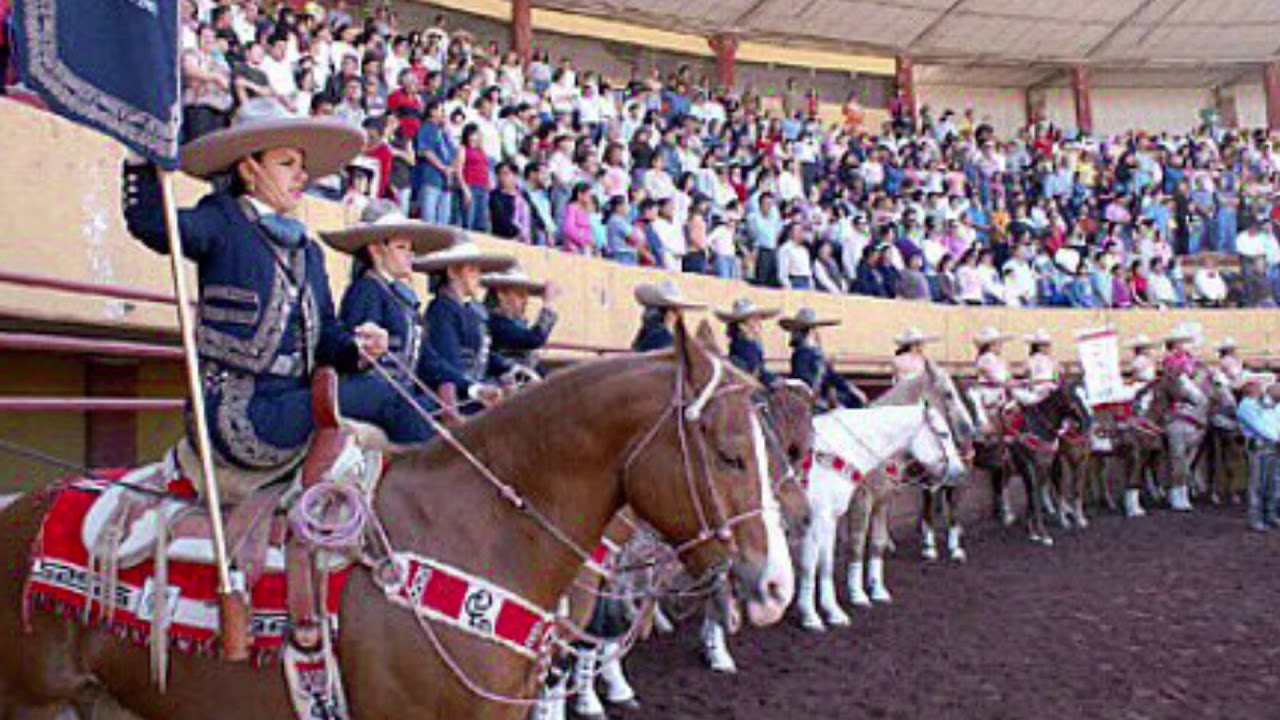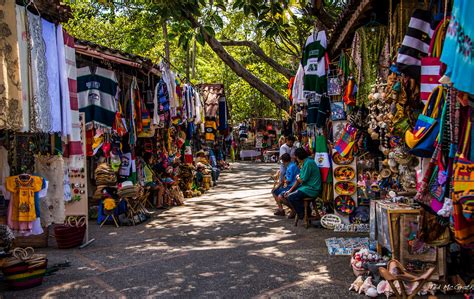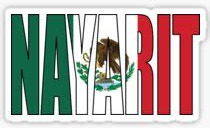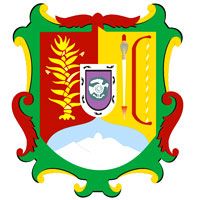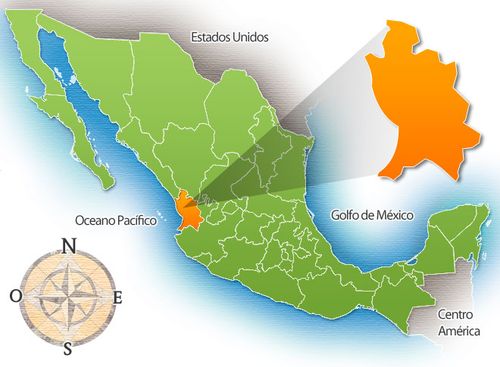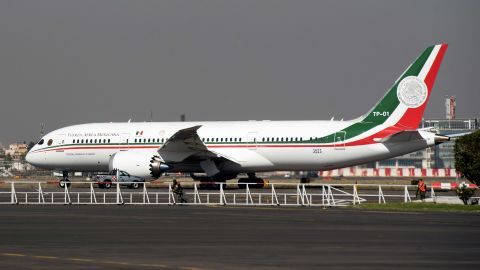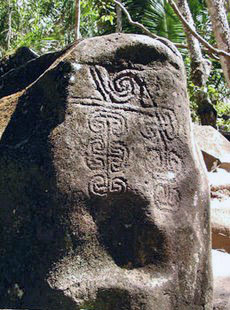Early History
Although humans may have settled in Nayarit as early as 5,000 B.C, the first known civilization in the region, the Cora, appeared sometime around 400 A.D. Concentrated on the Nayar plateau of the Sierra Madre Occidental, Cora society reached its apex about 1200 A.D.; many of their descendants continue to live in the area. The Cora relied on agriculture, and cultivated beans, corn and amaranth.
From the 9th to the 12th century, other tribes migrated into the region, including the Tepehuano, Totorano and Huichole. Over the next 300 years they were driven back by tribes from the Indian civilizations of Xalisco. These tribes were members of the Chimalhuacán Confederation.
Middle History
In 1523, Spanish conquistador Hernán Cortés briefly visited Nayarit. He was followed five years later by Nuño Beltrán de Guzmán, infamous for his ruthlessness in overthrowing indigenous leaders. Beltrán de Guzmán conquered many villages in the region and founded the settlement of Espíritu Santo on the ruins of the indigenous city of Tepic. In 1531, Cortés returned and tried to take control of the area, but Beltrán de Guzmán appealed to the Spanish crown and was named governor of a province comprised of the territories he had conquered.
In 1536, Diego Pérez de la Torre replaced Beltrán de Guzmán as governor. He ruled only two years, however, before being killed during an indigenous revolt in 1538. Throughout most of the 16th and 17th centuries, Franciscan priests of the Roman Catholic Church sought to convert and pacify the Cora, who fiercely resisted Spanish occupation. Spanish control of the region was constantly threatened by indigenous revolts, such as the famous uprising led by Tenamaxtli in the 1540s. Rebels in the Nayar mountain range continued to harass the Spanish until they were finally conquered in 1722.
Mexico began its march toward independence in 1810 under the leadership of Miguel Hidalgo. In Nayarit, a local priest named José María Mercado took up the cause, occupying the capital city of Tepic without a battle in November 1810. By December he had also captured the port of San Blas, but his success was fleeting. Within a year, royalist forces had recaptured most of Nayarit. Even so, the larger revolution eventually succeeded, and Nayarit became a part of independent Mexico in 1821.
Recent History
Under the first Mexican constitution in 1824, Nayarit was made a region of neighboring Jalisco. In the 1830s and 1840s national politics were dominated by conflicts between centralists and federalists and in the 1850s and 1860s by clashes between liberals and conservatives. The liberals finally consolidated their power under President Benito Juárez, who shaped the future of Nayarit by separating Tepic from Jalisco in 1867. The city was not an independent state, however; it instead became a military district of the Mexican Federation.
Soon after Juárez left the presidency, Porfirio Díaz rose to power, ruling Mexico from 1877 to 1880 and again from 1884 to 1911. During this period, Nayarit–like many states in Mexico–enjoyed economic growth due to improvements in transportation and communication. Increased prosperity was concentrated in the hands of a few, however, and most of the region’s inhabitants remained poor. Social unrest brought about the Mexican Revolution of 1910, when Francisco I. Madero led the effort to overthrow Díaz.
Although Díaz was removed from power in 1911, the war continued as various revolutionary factions battled among themselves. Forces loyal to Madero, Francisco “Pancho” Villa and Venustiano Carranza fought for control of the government in Nayarit. When the government adopted a new constitution in 1917, Nayarit was declared a federal state, and a brief period of peace and prosperity followed.
Like the rest of Mexico, Nayarit was under the political control of the Partido Revolucionario Institucional (Institutional Revolutionary Party) from the beginning of the 1930s to the latter part of the 20th century. Under their leadership, the region experienced a surge of economic development and political stability.
Nayarit Today
For many years, one of the most significant contributors to the economy of Nayarit has been tobacco production. Two of Mexico’s largest tobacco companies are headquartered in the state, and a major cigarette factory operates in Tepic.
Although tourism is increasing, Nayarit’s coastline is still largely undeveloped, enabling visitors to surf and swim on beautiful, uncrowded beaches. The state is home to some of the best snorkeling in western Mexico, especially in the Las Marietas archipelago.
The government program Tepic Ciudad Blanca coordinates citizen initiatives to make the city cleaner and safer through trash collection and recycling, graffiti removal and neighborhood crime watches.
Facts & Figures
- Capital: Tepic
- Major Cities (population): Tepic (336,043) Santiago Ixcuintla (84,314) Valle de Banderas (83,739) Compostela (62,925) San Blas (37,478)
- Size/Area: 10,417 square miles
- Population: 949,684 (2005 Census)
- Year of statehood: 1917
Economy
Nayarit’s farmers benefit from its location in a fertile valley, and with 181 miles of coastline, the state is a top tourist destination. Tourism and other service industries account for about 24 percent of the state’s economy. Agriculture also supports the economy, with tobacco, sugarcane and tropical fruits being among the chief crops. Small factories manufacture tequila, leather goods, textiles and wooden products.


